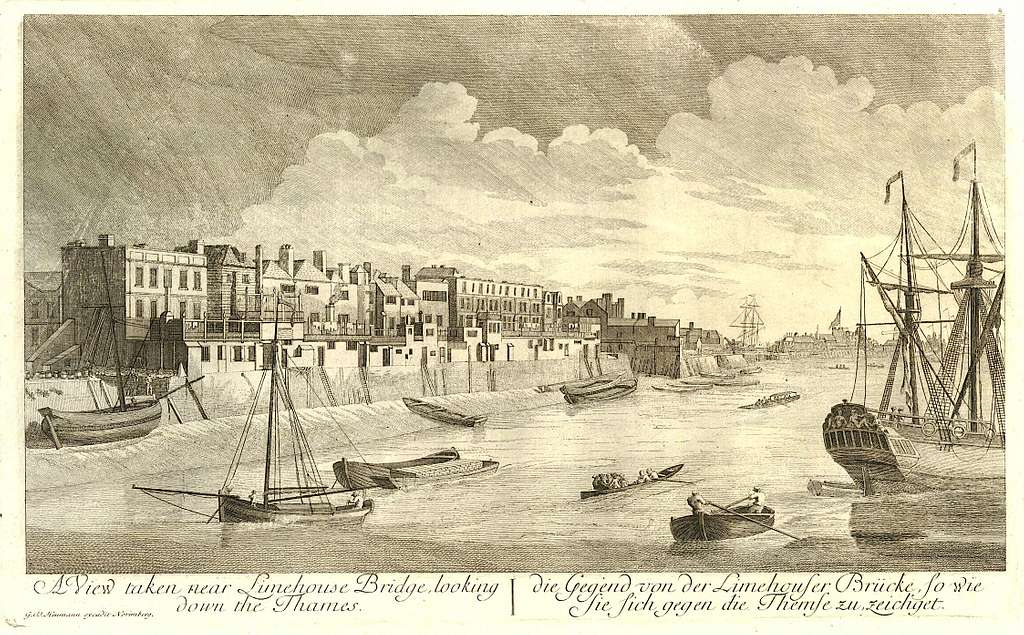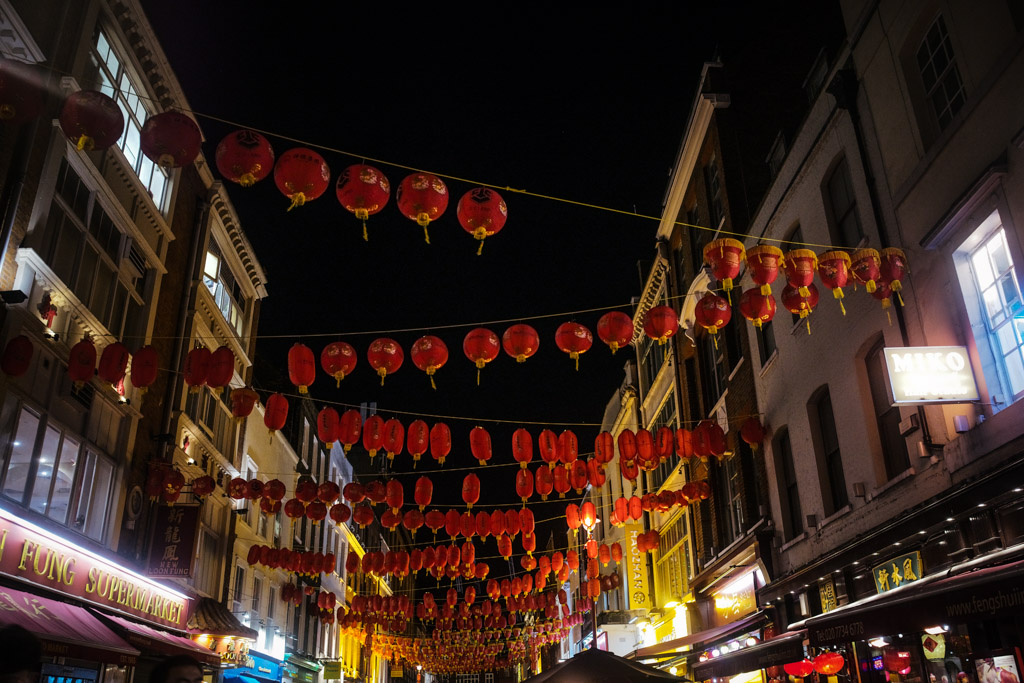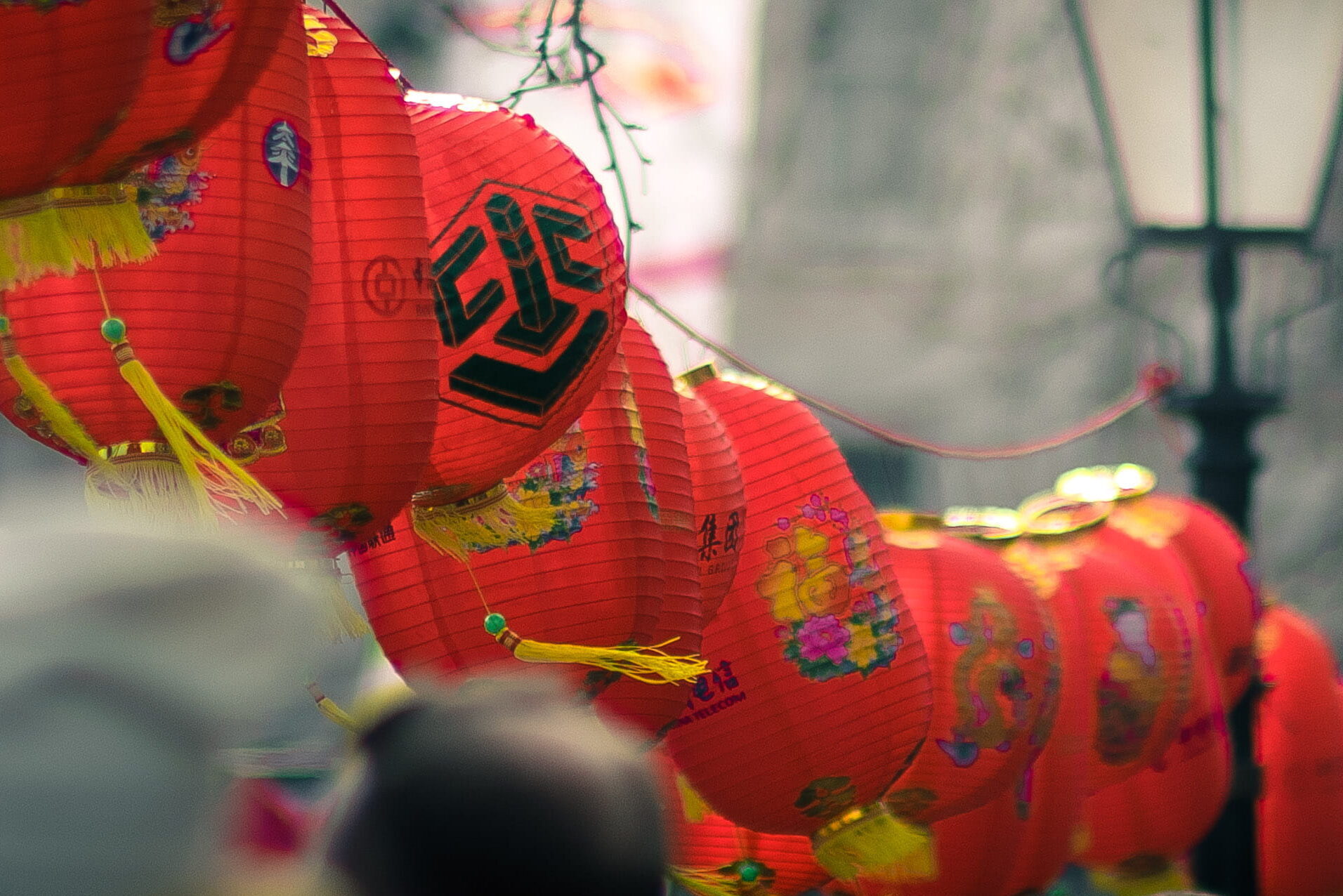Funnily enough, Britain’s first Chinese community was nothing like the Chinatown of modern-day London.
Originally settled in Limehouse – a then run-down part of the East End, the first ‘Chinatown’ established in the UK was solely occupied by a number of Chinese sailors who arrived in London all the way back in the 1780s. None of them would’ve ever imagined that two centuries on, the population of Chinese migrants would expand to nearly half a million.

Image by: Public Domain Media (Wikimedia Commons)
The area off Shaftesbury Avenue neighbouring the majority of Soho has been widely recognised as London’s Chinatown today.
Yet not all Londoners are familiar with the fact that the very first Chinese community was actually formed surrounding an industrial dockland, more than five miles away from Central London. Records show that young Chinese sailors overseas were employed and relocated by the British East India Company in the late 18th century to the East London Docklands where they spent day and night handling shipments of expensive goods. Living as a new migrant is never easy, let alone as the first. By the start of the first World War, the ‘Chinatown’ in Limehouse had finally developed to be a habitable community, boasting over 30 Chinese businesses and restaurants dedicated to its residents.

Image by: Chelsey Cui
Now, how did we go from the East End to the West End?
There were two main historical factors.
Fast-forward to the Second World War, London and other key British cities became targets amid intensive aerial bombings known as The Blitz that Nazi Germany carried out. Chinese migrants in Limehouse were forced to relocate due to catastrophic damages incurred. Soho turned out to be an ideal choice due to its low rents and multicultural community at the time.
Simultaneously, Britain’s growing interest in ethnic cuisine came into being thanks to the return of British soldiers from the Far East. The number of Chinese restaurants spiked in Soho, as you can imagine. Life couldn’t have got merrier all of a sudden for the Chinese migrants who were struggling financially from the aftermath of war. At this point, even more Chinese business owners joined them to make a living in the new Chinatown. As odd as it sounds, you could say that the war substantially boosted the birth of the present-day Chinatown.

Image by: Piqsels (Wikimedia Commons)
Ironically though, it wasn’t until 1985 that the open celebration of Chinese New Year became official in recognition of the historical significance of Chinatown. Every year, a series of New Year’s events take place sometime between late January and mid-February. Everyone is welcome to take part in the celebration, of course. What can be expected? Decorative lanterns, lion dances, food stalls and sparkly fireworks…just to name a few.
Neither the idea of Chinatown or the tradition to celebrate Chinese New Year overseas is exclusive to London and in fact, you are most likely going to recognise a similarly designed Chinatown with almost identical vibes and universal traditions across much of the world. Nonetheless, one thing that’s most certainly true is that not all of them has had as complex yet fascinating history as London Chinatown’s.
